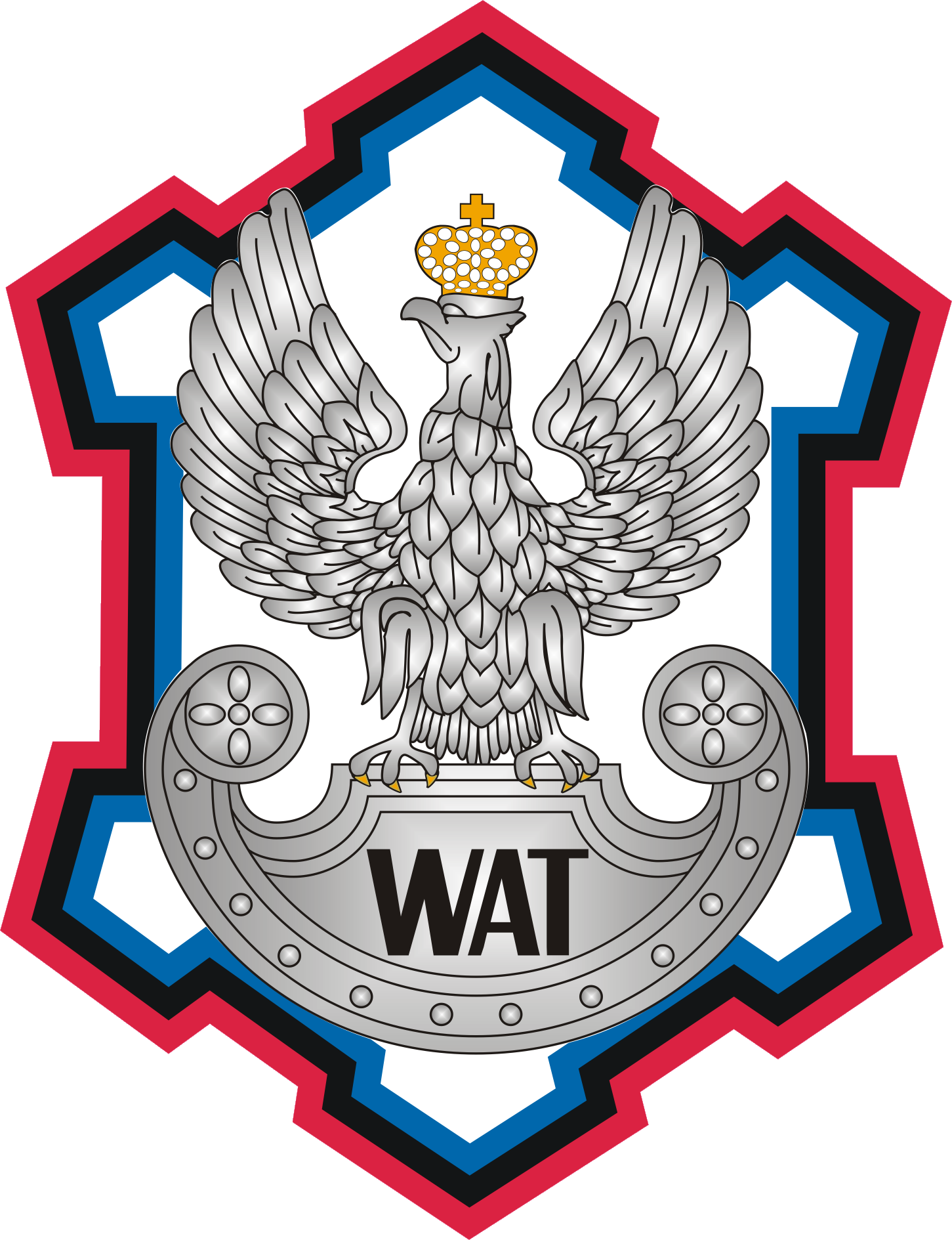
In December 2010, Poland submitted to the European Union document called National Action Plan for the promotion of renewable energy sources. In this document, for the first time officially, small wind power (up to 100 kW) was pointed out as a separate branch of energy sector. It was assumed that by 2020, this branch will produce 550 MW of power, which means, on avarage,100 thousand of small wind turbine (SWT) installations. Given the current legal status, technical advancement and the number of companies that actually (and not just declaratively) offer SWT - objectives of the Action Plan should be considered very ambitious, to say the least. Various reports on the state of small wind energy sector indicate the main obstacles to the rapid popularization of this form of energy conversion. These barriers can be divided into three basic groups:
1. formal - legal issues, i.e. legal environment incompatibility with the concept of SWT,
2. socio-economic problems,
3. technical problems.
Formal and legal issues
Since these issues are beyond the reach of the project, the most important ones will be listed:
- Lack of a support system (motivation) for SWT at the government level (e.g. tax breaks)
- Difficult process of obtaining a grant from environmental funds
- Complicated procedures for grid connection approval
- Complicated procedures for obtaining a building permit (for plants with a capacity greater than 10 kW)
- Lack of national certification bodies
(Authors are aware that legal acts changing this situation are under development – e.g. "RES Act". Nevertheless, these acts are not implemented yet.)
Economic problems
These problems are closely related to the technical issues and can be brought to a single conclusion that turbines are simply too expensive. According to the IEO [3], total cost of investment in small, 3 kW wind power stand is now about 39 000 PLN (11 000 PLN purchases a turbine). 10 kW SWT costs about 100 000 PLN. The fact that banks offer for SWT financing is less than modest does not improve the situation. For example, in the case of larger installations financed with so called "certificates of origin" system, banks expect a 50% down-payment [2]. Another factor limiting demand is also a relatively low public awareness. The term "wind turbine" is associated primarily with large windmills and wind farms instead of a device that can help, for example, provide hot tap water in the house. This partially comes from the fact, that Polish institutions for energy engineering deliberately discourage [4] the type of investments focused on harvesting energy from the wind on Polish land. Among raised reasons are poor wind conditions, lack of reliable "wind map" for Poland, lengthy process of local wind hunting, therefore risky and poor Return On Investment (ROI). Above translates into the lack of domestic WT manufacturers and R&D endeavors, what in turn limits the awareness among the society (potential small- and large-scale investors) about actual performance limits of such WT units.
As such, manufacturers of SWTs avoid extensive research practices in order to improve designs due to high cost of R&D and reasons named above. Consequently, the market is flooded with 3-bladed classical wind turbines coming from Asian markets. These turbines are not technologically advanced and are often designed for larger wind speeds (8 m/s and more) [5] than those available in Poland (3-5 m/s). Therefore, they are not a viable option for Polish market. This leads to the last problem that can be classified as economic, i.e. lack of appropriate technical standards for SWT [6]. This situation is used by some manufacturers to provide unreliable (usually inflated) parameters of the offered device, or they only provide data related to optimum performance. Energy Ball designed in Sweden is one of the examples. It is advertised as a solution for number of SWT problems, but tests showed that – despite interesting shape – the power produced over the test period was similar to the classic layouts and was about 5 times below catalogue numbers [7]. This said, turbine rated at 3 kW, operating at the level of 0.8 kW can ruin any business plan.
To sum up: under the current legal and economical conditions, investment in SWT is economically questionable.
Technical problems
The most important of these is the lack of optimized solutions, both in terms of aerodynamic layout as well as conversion of mechanical energy into electricity. Most common turbine type: 3-blades rotor system with horizontal axis is indeed the most energy efficient, but units offered in Poland are not very well adapted to the Polish average climatic conditions (nor to inland application in Norway). Usually they achieve optimal performance at wind speeds of 8-10 m/s, while the typical wind speed in our country is 3.5-6 m/s [8, 9]. Under such conditions, mentioned above, most popular devices hardly produce energy.
Lack of optimized layout results from lack of research in this area. As mentioned, manufacturers of SWTs avoid extensive research due to very high cost of R&D. These costs come from very complex aerodynamics of SWT demanding specialized, expensive, design tools and very high level of expertise. This makes design process way too expensive for small companies dominating SWT sector. At the same time, big players focus their attention on large, megawatt solutions, not noticing, or even obstructing development of SWT.





